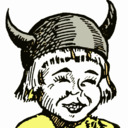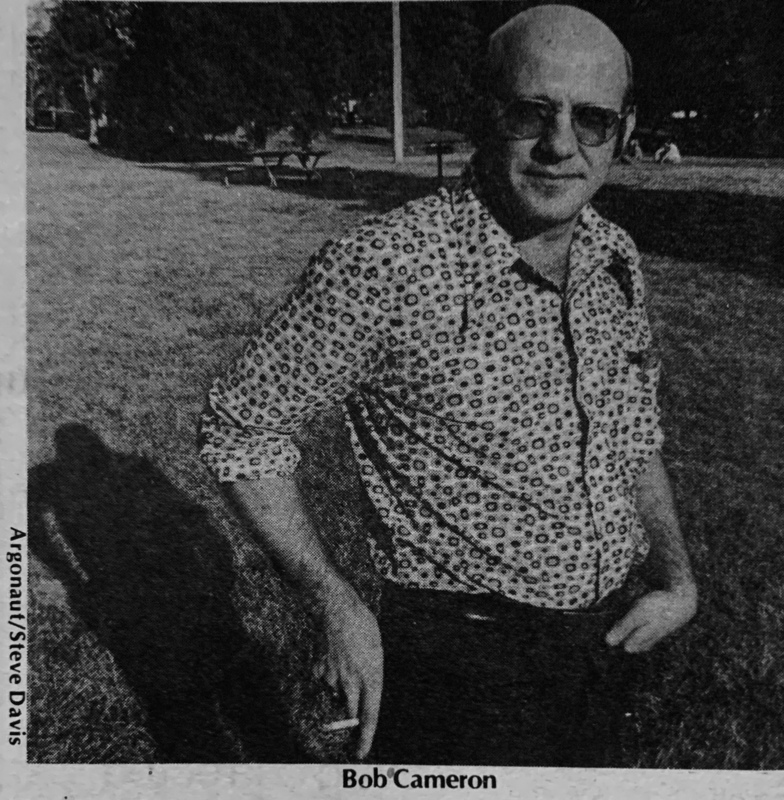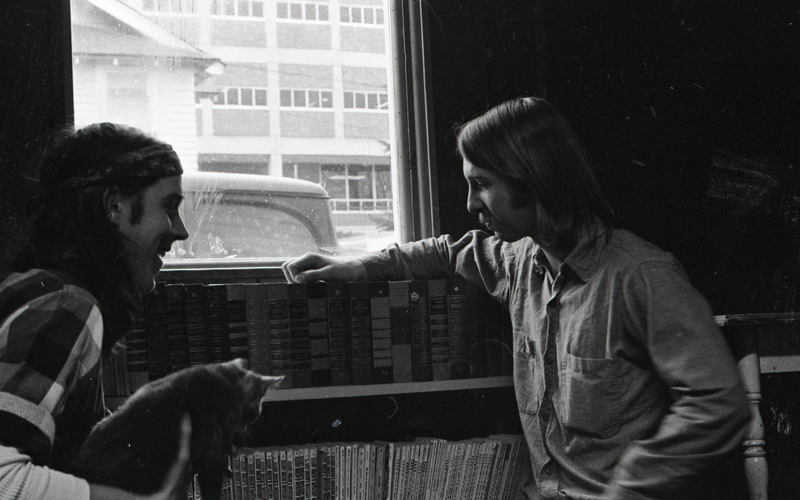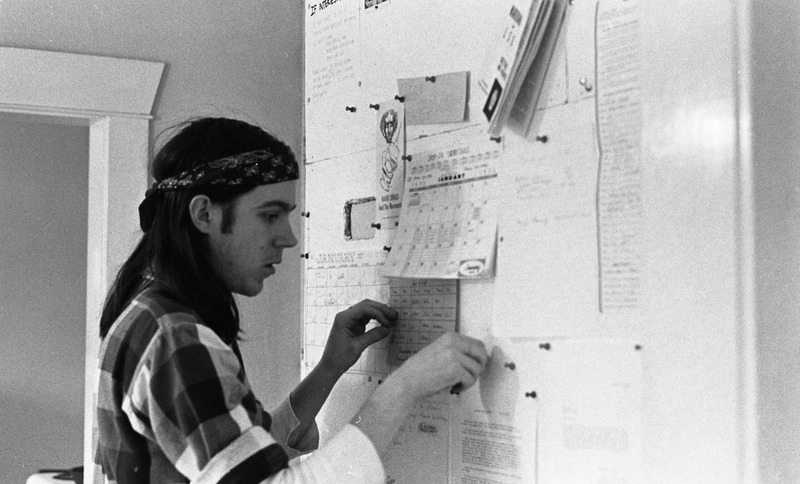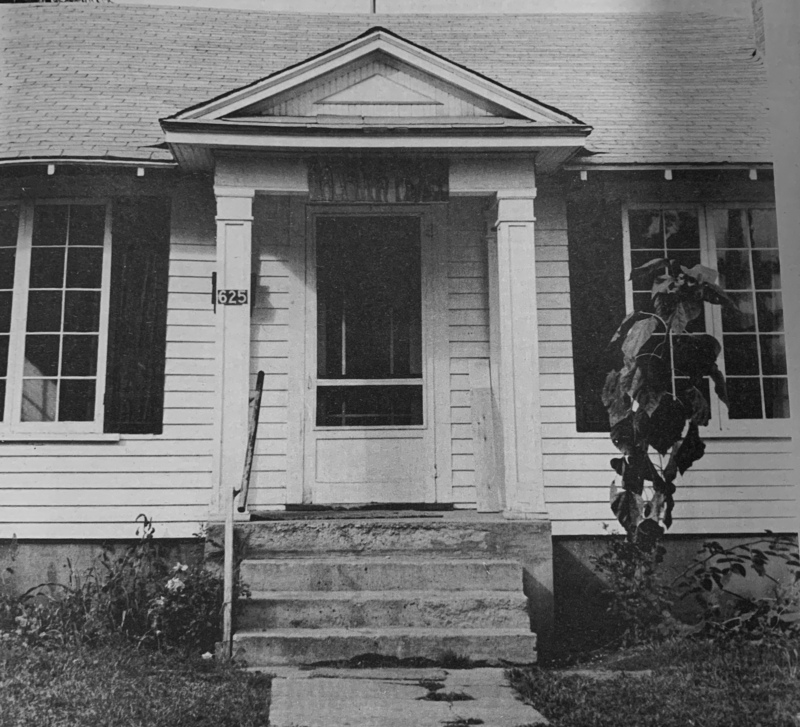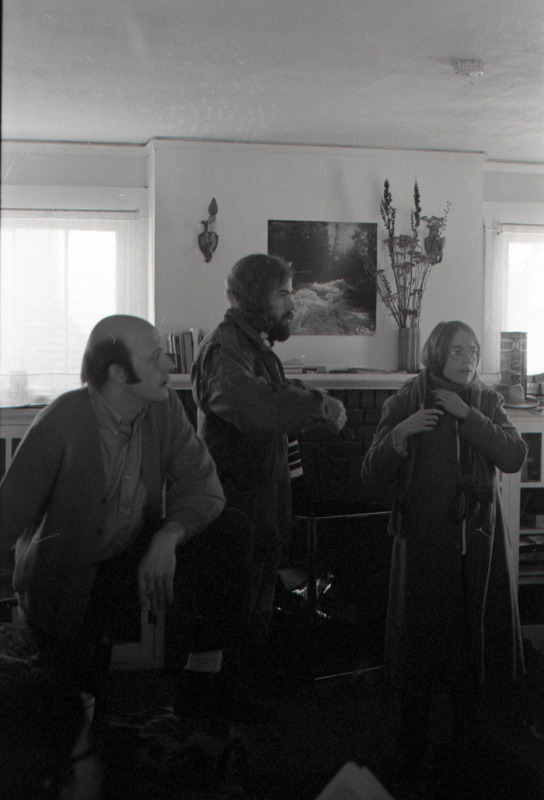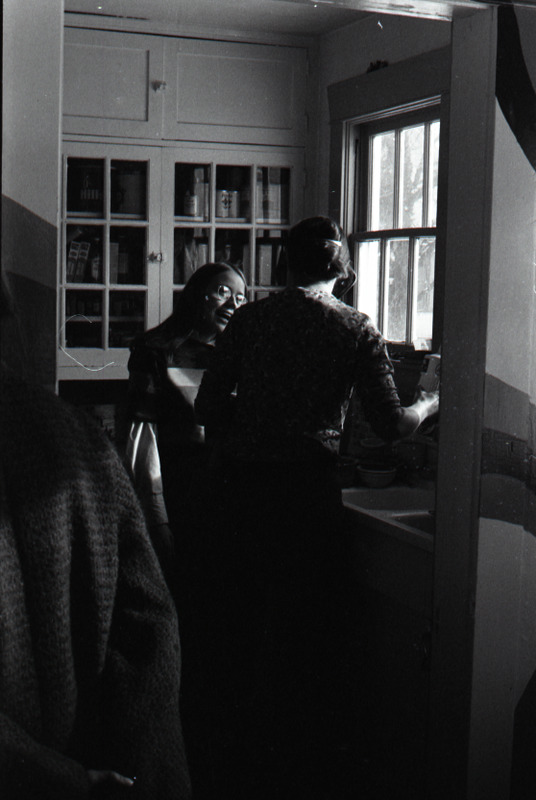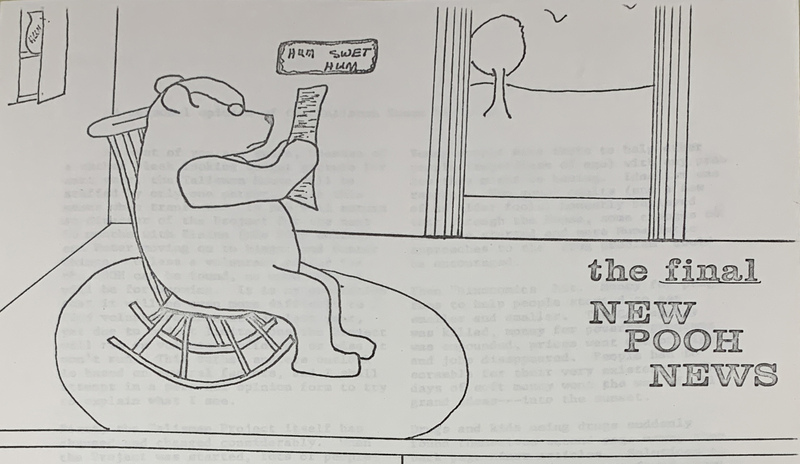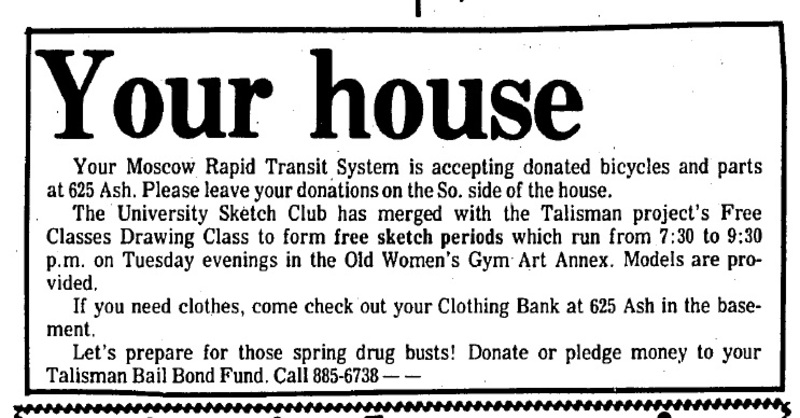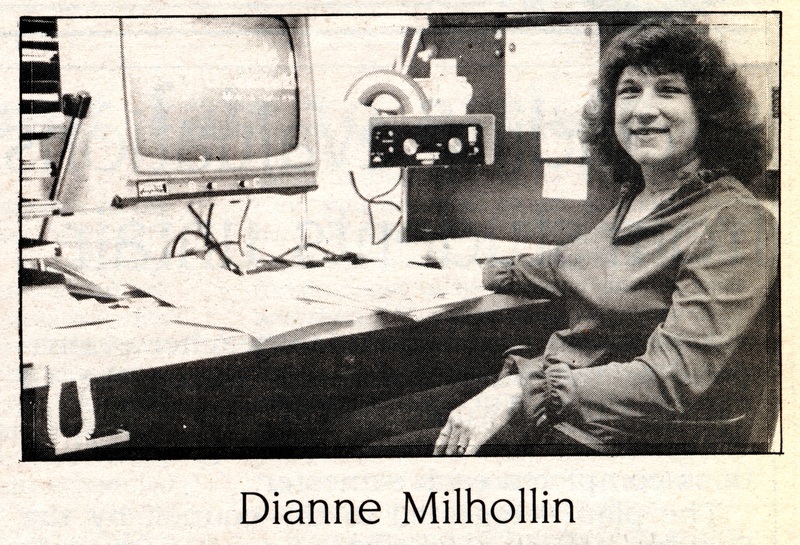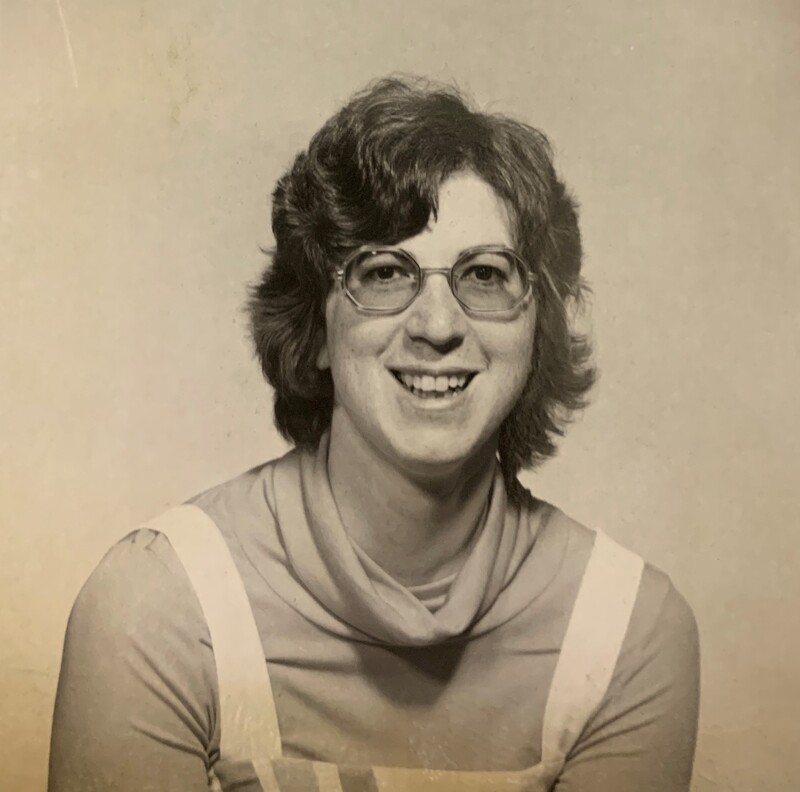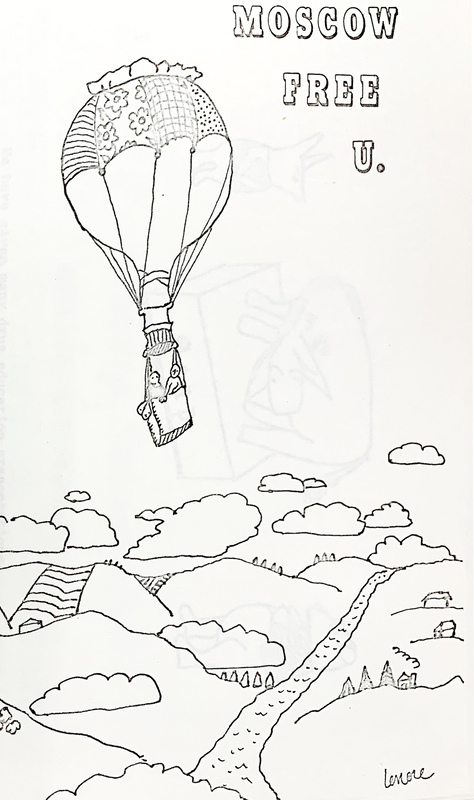During the 1970s, the University of Idaho hosted the Talisman House. Originally founded to provide drug education, it expanded over the years to offer “people-oriented” services until it was finally shuttered in 1977.
It had its unlikely start as one of 20 experimental Office of Education college-based programs under the Drug Abuse Education Act of 1970. The Talisman House, sometimes called T. House or Talisman Project, reached out to alienated people who were not comfortable going to state or federal offices for assistance for a variety of reasons.
Originally called the Nightline Drug Education Team, the membership felt that “NDET House” was too cumbersome a title. Likewise, the “Drug House” gave the wrong connotation. But a talisman was seen as a sign of good luck or a charm to ward off evil, making it the preferred choice for a name.
The Talisman House was autonomous, even with university support, and student directed. It was run by 50 volunteers and paid staff. Bob Cameron was the first director and held that post for six years. Also involved in the development of the House was Mary Hartung, wife of U of I President Ernest W. Hartung. A member of the Idaho State Drug Education Team, Hartung devoted a major portion of her time to drug education efforts.
The Talisman Project’s mission was drug education. Among, its goals listed in an untitled report, from the President’s Office (Hartung) records, were “to create a people-oriented environment; involve both youth and adult in the drug education program and [develop] meaningful alternatives to drug abuse.”
The core of the project was the Talisman House itself. It was open 24 hours a day when it started to all ages whether members of the community or the university. No one was a permanent resident at Talisman House except for Sydney the Cat.
The House was not welcomed by the entire community. One report documented criticism calling it an “inn for the outs,” or a ‘fraternity for freaks.”
The program members were quite industrious and ran a variety of activities: a community garden; The Pooh News, a mimeographed newsletter; open exchange library that held over 2000 books, including a significant section on drug information; free store and pantry; and a hostel.
Beyond that, it became an alternate service opportunity for conscientious objectors, provided draft counseling, as well as notary publics to register voters and established a high school “Drop In Center” with local churches. There was even a mini grant program to help groups and people with their own projects. They supplied a grant to the Good Food Store which we know now as the Moscow Food Co-op (The Co-op is celebrating its 50th anniversary this year). They also managed to find time in their first year to attempt a statewide marijuana initiative.
The Drug Education Team spoke to over 100 organizations in its early years, including the Parent Teacher Association, Al-Anon, the Kiwanis, and the Genesee Civic Association. As part of the U of I, it offered drug education courses for college credit. The Project had a doctor and nurse on call as well as assistance from the university counseling center.
Of particular note, Talisman House created the Community Free University and started the Renaissance Fair. Some of the free university offerings were auto repair for women, karate, meditation, life drawing, shell reloading, juggling, meatless cooking, astrology, dog training, and how to build a dulcimer. The Ren Fair was a family alternative to the Blue Mountain Music Festival. In an Argonaut article, Cameron remarked, “Blue Mountain is somewhat of a spectator sport. The Renaissance Fair will give local people a chance to participate.” The first Renaissance Fair had 5,000 people in attendance at Friendship Square.
By 1975, drug education had become a minor part of the Talisman Project. The federal funding for that was only for its initial couple of years. Out of the 20 original programs, ten had been eliminated by ‘75. Through fundraising and last-minute grants, the Talisman Project was able to continue each year.
As time went on, it faced a growing variety of problems. A New Pooh newsletter piece written by Cameron reported that at Talisman’s beginning “Idealism was rampant.” He traced the changes in the economy, the reduction in funding of poverty programs, inflation, and unemployment which triggered a drop in volunteerism. “People had to scramble for their very existence. The days of soft money went the way of all grand ideas–into the sunset.” There was a growing isolationist attitude. “…and generally people smile less.”
The following year Cameron resigned but stayed on as a volunteer. Dianne Milhollin became the new director. Milhollin was a graduate student in guidance counseling. With her tenure, she worked to change its reputation as a counter-culture hub and found funding through a Title 1 Grant. The House served the whole community and connected to the existing network of resources. The Free University and Ren Fair continued.
Milhollin moved on to become the first coordinator of the U of I Student Disability Services and Corky Bush, the assistant dean of students, took over as part of her responsibilities in 1977.
In the fall of 1977, the Talisman House closed. It was survived by the Ren Fair which continues to this day and the Community Free University. It’s difficult to tell when the free university ended or if it merged with Pullman’s free university. Its last listing was in a 1997 Argonaut. Cameron described the Talisman Project as “an incredible learning experience for a lot of us.”
References
Community Mental Health Services, Mar. 1972. Community Interstate Commission for Higher Education. University Research and Economic Development Vertical File. Box 5.
Guilfoil, Mike. “Drop-in centers offer aid to troubled.” WSU Evergreen: 8 Mar. 1973.
Lewis, Bill. “Talisman House director resigns.” Argonaut, 15 Oct. 1976.
Loftus, Bill. “Monetary, management woes could close Talisman House,” Argonaut, 14 Oct. 1977.
Sample, Susan. “Reaching the total community,” Argonaut, 19 Oct. 1976.
“Talisman closing now official.” Argonaut, 4 Nov. 1977.
“The Report of the Talisman Project.” Argonaut, 29 Sept 1972.
UG 13 President’s Office (Hartung) records 1973-1974, Talisman House 25/613. University of Idaho Library Special Collections and Archives.
Neiwert, David. “Talisman House directors may end community services,” Argonaut, 25 Oct. 1977.
PG 126 University Photos photograph collection. University of Idaho Library Special Collections and Archives.
UG71 Women’s Center records. University of Idaho Library Special Collections and Archives.
